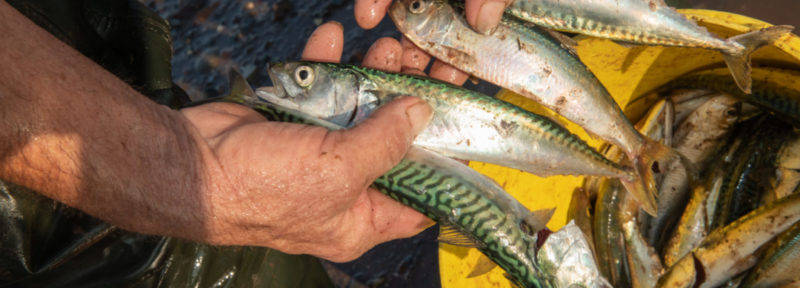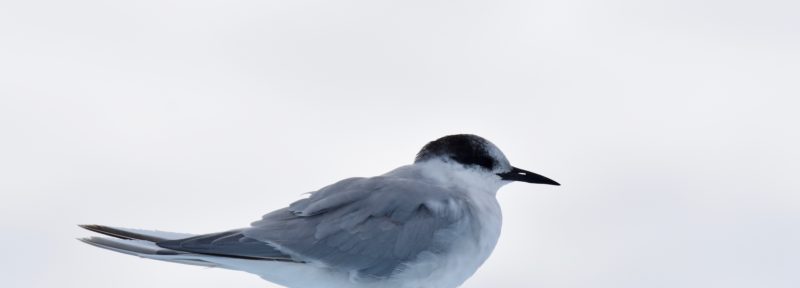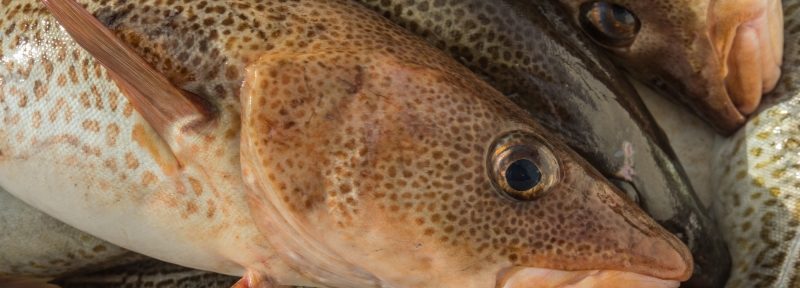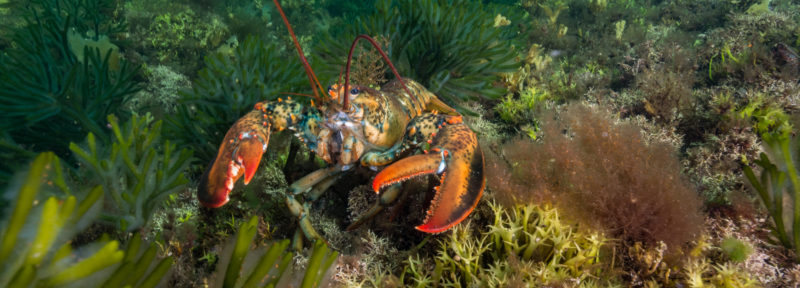The Central Arctic Ocean Offers a Chance to Do Things Differently
Three years ago, a ground-breaking, precautionary international fisheries agreement came into force in the Central Arctic Ocean. This region, which is outside the 200-mile-limit of Arctic countries and connected to the traditional homelands of Arctic Indigenous peoples, has largely been off limits to industrial activities because of year-round ice cover. But as the polar ice cap melts, the Central Arctic is increasingly open.
That’s why the Central Arctic Ocean Fisheries Agreement (CAOFA) is so important: it established a 16-year moratorium on commercial fishing, prioritizing research and planning before industrial activity can proceed. This is meant to ensure a sustainable approach that incorporates scientific advice and Inuit knowledge to determine what gets fished and how it happens.
For the third year in a row, officials from the five Arctic coastal states that signed the agreement—Canada, United States, Russia, Norway, and Denmark for the Faroe Islands and Greenland—will meet with representatives from five other signatory countries to continue implementing the CAOFA. (The other fishing nations are China, South Korea, Iceland, Japan and the European Union.)
This year’s meeting will take place in Incheon, South Korea from June 10 to 12, and Oceans North will participate as part of the Canadian delegation. Oceans North supported the years-long process that resulted in the CAOFA, encouraging discussions between Arctic countries and advocating for Inuit participation from the outset. We also continue to engage in other international fisheries and conservation agreements—many of which could be instructive as CAOFA implementation continues.
Unlike most high seas fisheries agreements, the CAOFA was put into place before industrial fishing could begin, creating the opportunity to protect this marine ecosystem and learn from what has happened elsewhere. For example, many regional fisheries management organizations (RFMOs) are starting to address the impacts of fishing on fragile seafloor ecosystems, including deep sea sponges, corals, and seamounts, as well as the impacts of climate change. The CAOFA can set aside such sensitive marine areas before fishing starts and work in advance to better understand shifting species distributions before they are exploited.
Two new international biodiversity tools have also been agreed upon in the years since the CAOFA came into force. That means there is much work to be done to ensure that these are incorporated into the agreement’s implementation. Firstly, the Kunming-Montreal Global Biodiversity Framework sets out urgent and ambitious goals to halt and reverse biodiversity loss. Secondly, the High Seas Treaty—which will come into force once it has been ratified by at least 60 countries—will establish a new regime of environmental impact assessment and allow for high seas marine protected areas.
Both of these instruments require that Indigenous knowledge is used to understand species and ecosystems. Together with the United Nations Declaration on the Rights of Indigenous Peoples, any decisions made in relation to the CAOFA will be scrutinized in light of these existing agreements.
Priorities at this year’s meeting include further discussion on the draft Exploratory Fisheries Protocol, which would set out parameters for any initial fishing to take place. Given that no fishing has occurred yet, it’s important that we protect vulnerable marine ecosystems that could be affected by fishing activities. Identifying these areas—and ensuring that exploratory fisheries undergo an impact assessment process—should be undertaken within the Joint Program of Scientific Research and Monitoring, which was just adopted by the Scientific Coordinating Group in April 2024.
It is not often that there’s an opportunity to be on the right side of history when it comes to an entire ocean basin. But as the next round of meetings gets underway, the CAOFA offers a chance for us to do things differently.
Susanna Fuller is Vice-President of Conservation and Projects at Oceans North.





